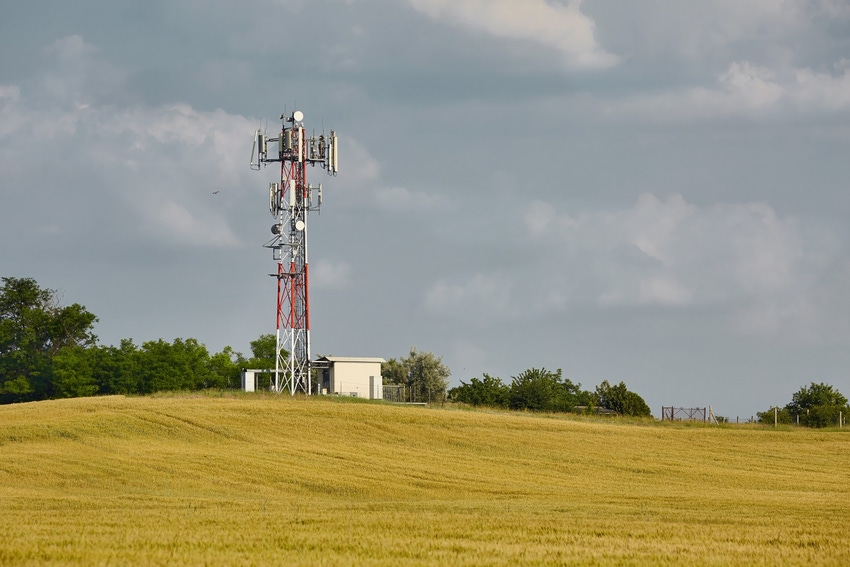UK mobile mast plan might not please anyone
The UK government wants to allow mobile operators to build taller and wider masts in rural areas, a move that is designed to improve mobile coverage.
April 20, 2021

The UK government wants to allow mobile operators to build taller and wider masts in rural areas, a move that is designed to improve mobile coverage.
The proposed legislative changes would allow for existing mobile masts to be 5 metres taller and 2 metres wider than the rules currently allow, which in unprotected areas raises the maximum height to 25 metres. New masts would be permitted to be as high as 30 metres, but in protected areas, such as national parks and areas of outstanding natural beauty (AONB), a 25-metre limit would apply.
The aim is to reduce build time and cost for new infrastructure, thereby improving connectivity for those in rural areas. However, the government took great pains to point out that its proposed new rules will also protect rural areas and minimise visual impact.
And therein lies the biggest potential problem: trying to maintain that balance might not make anyone happy.
CCS Insight’s director, consumer and connectivity, Kester Mann described the announcement as “welcome news” for rural communities.
“Taller masts enable signals to travel further, providing coverage to residents and visitors over a wider area. But it’s vital to strike the right balance between improving connectivity and preserving the beauty of the countryside,” he said.
Indeed. And if history has taught us anything it is that people want a better mobile signal, but the vast majority do not want a mobile mast in their backyard or blighting their view of the landscape. This latest government proposal will be no different: there will be complaints.
Meanwhile, the telcos themselves might not be entirely satisfied either. “The mobile industry will say there is still more the government can do to foster a better connected Britain,” Mann noted.
And yet somehow, this feels like a step in the right direction from the government, which – as is the case with administrations the world over – is keen to stay on the front foot with 5G. As Mann pointed out, “dated planning laws have hindered mobile network deployment for years, most recently threatening the UK’s strong start in 5G.” It’s worth pointing out though that the government’s proposals do not completely sidestep all planning requirements. “Most” new masts will still need local authority approval, while communities and stakeholders will be consulted, it pledged.
“The move will turbocharge the delivery of the £1 billion Shared Rural Network being built to eliminate 4G mobile ‘not spots’ in the countryside and will speed up rollout of next-generation 5G networks,” the government said.
Earlier this year, three of the four UK mobile network operators – EE is not joining in until later – reached agreement on phase one of the shared rural network, which is designed to address patchy mobile coverage through the build-out of new masts. However, they warned that securing planning permissions was one major issue that could affect the number and location of masts they are able to build. With this latest government initiative, they will soon start running out of excuses and will have to crack on with the build.
That said, the government’s new rules are just proposals at this stage. The Department for Digital, Culture, Media and Sport (DCMS) and the Ministry for Housing, Communities and Local Government (MHCLG) have published a joint technical consultation that will run for eight weeks, closing on 14 June. These things are never quick. Indeed, this latest consultation follows and earlier consultation in 2019 on the principle of the reforms.
Meanwhile, DCMS has also committed to taking the lead on a new code of practice for mobile network operators that will help them work with local authorities on the build-out of infrastructure, including best practice for the siting of new masts and consulting stakeholders.
The rules are gradually changing, but many hoops remain remain to jump through. Don’t expects to see mobile mega-masts flying up across the countryside in the immediate future.
About the Author(s)
You May Also Like








.png?width=300&auto=webp&quality=80&disable=upscale)


_1.jpg?width=300&auto=webp&quality=80&disable=upscale)


.png?width=800&auto=webp&quality=80&disable=upscale)